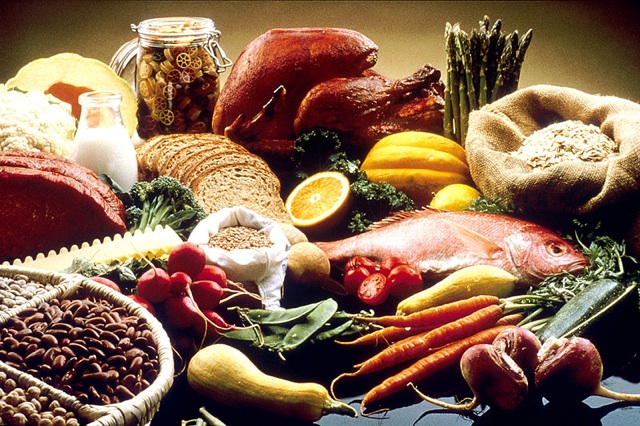
Functional fitness has been a popular choice for many people looking to improve their health and fitness. The intensity and frequency of the workouts combined with a positive community environment has helped many reach their goals, whether they are weight loss, muscle gain or all-round fitness and performance. However, training is only part of the equation. Nutrition is also just as important when it comes to reaching health and fitness goals.
While there are many popular diets used by functional fitness athletes these days, including the Paleo diet, the Zone Diet is arguably the one endorsed most by CrossFit Games athletes. In a nutshell, the Zone Diet centers on a “40:30:30” ratio of calories obtained daily from carbohydrates, proteins, and fats. Using a ‘block’ system, the idea behind the Zone Diet is to balance your body’s hormones and achieve an optimum level of insulin and glucagon to support a healthy inflammatory response. Once ideal inflammation levels are obtained, your body will be able to perform and recover faster and more efficiently.
A ‘block’ is a unit of measurement that equals 7 grams of protein, 9 grams of carbohydrates and 1.5 grams of fat. Some meals might have 2 blocks of each in them, while others could have 4 or 5. For example, a 1-block snack could be a hard-boiled egg (1 mini-block protein), 2 cups of broccoli (1 mini-block carb) and 3 almonds (1 mini-block fat).
While this is a good framework to begin with, there are also two very important aspects of nutrition one must consider: food type and timing. The Zone Diet encourages people to get their carbohydrates, proteins and fats from organic and natural sources, but it is still possible to maintain poor nutrition habits while following the diet. For example, some meals from fast food restaurants could be considered Zone Diet approved. Here is a closer look at where you should try to get your carbohydrates, proteins and fats from while on the Zone Diet.
Carbohydrate Choices
Carbohydrate selections are best reserved for non-processed or natural options. Vegetables are usually the best form of carbohydrates. This is because of the density of vitamins and minerals that will aid in energy production and tissue rebuilding. Dark green leafy, cruciferous (broccoli, cabbage, cauliflower and Brussels sprouts) and brightly coloured vegetables are the best choices. Preferably, they should make up the majority of the carbohydrate blocks during most meals. Other nutrient-dense carbohydrate choices include fruits (although try to avoid fruits that are high in sugar), whole grains such as oats, rice and quinoa, and starches such as sweet potatoes, beets and squash. You should try to avoid foods like pasta, rice, bread and potatoes.
Protein Choices
Choosing the best protein sources is relatively easy as the fewer feet the animal has, the higher the nutritional value. Therefore, fish such as salmon, tuna, lobster, cod and halibut are the best examples of high quality protein. Shellfish such as scallops, crab, lobsters and clams provide a high nutrient value as well. Cage-free poultry and their eggs, as well as grass-fed and free-range beef and are also highly recommended. Non-animal products like soy, quinoa, various nuts, seeds and beans also provide a solid protein punch. Although you may end up eating too much carbohydrates with those choices in order to get adequate protein intake.
Fat Choices
An abundance of fat is present in the protein blocks of food and some fruits like avocados and olives. However, true fats such as oils, nuts and seeds have nutritional value and should be included. Olive, coconut and sesame seed oil are healthy alternatives to typical cooking oils and dressings. Almonds, walnuts, cashews, peanuts and pistachios are all great nut choices, especially when eaten raw. Chia, hemp, sunflower and sesame seeds are also excellent fat choices that will provide energy and nutrients to the body.
Food Timing For The Zone Diet
The time at which you eat each meal is also very important. Of course, each individual is different so there is no ‘correct’ time to eat. It really comes down to what’s good for your body. However, for optimal recovery from training, it can be argued that you should try to eat a larger meal soon after a workout to give your body the right nutrients to recover. The highest quality proteins should also be consumed during this meal to maximize the tissue rebuilding process. It’s also important to eat a meal shortly after waking up in the morning to kick-start your metabolism process.
We understand the above information can be a lot to digest. And sometimes it feels like you’re back at school writing a fast food essay when trying to remember it all. But the important thing to remember is that, as the saying goes, one cannot out-train a bad diet.
Even the intensity and frequency of functional fitness needs a diet that is adequately balanced with natural, unprocessed foods. A Zone Diet, made up of a variety of vegetables, fruits, naturally raised animal products, and essential fats should provide the right balance for functional fitness athletes.
Written by Erica Chang, an editor at the health and fitness website Gym Junkies.

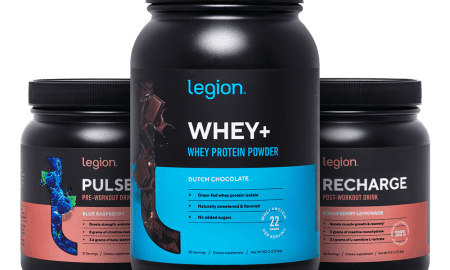
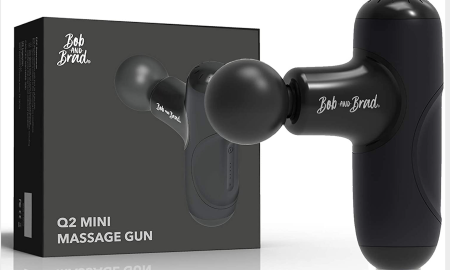

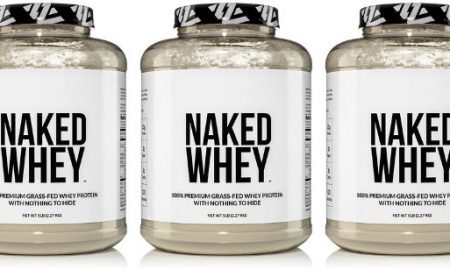
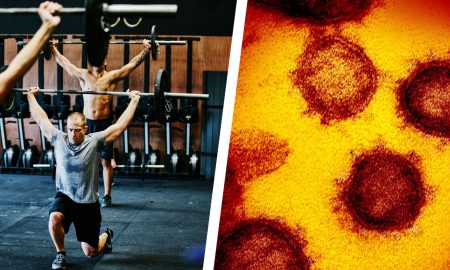



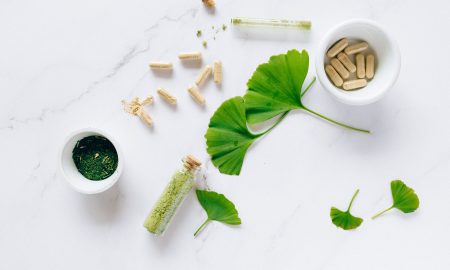
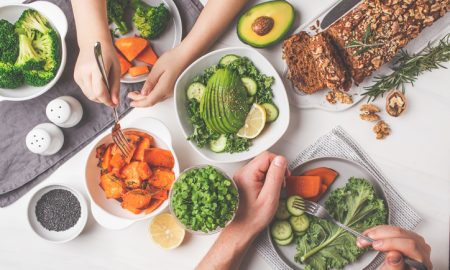
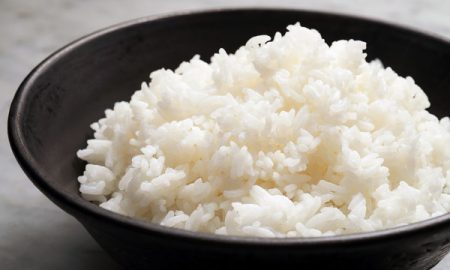
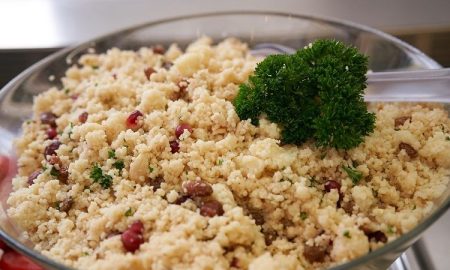

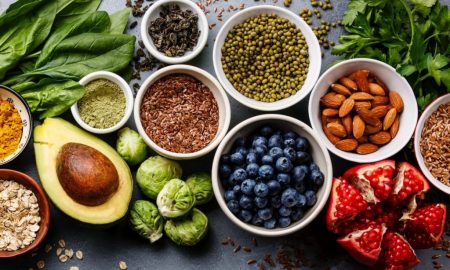
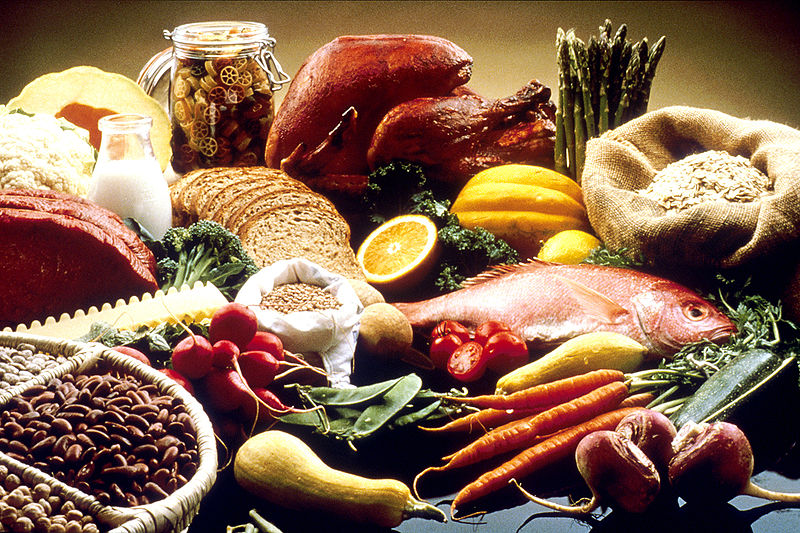
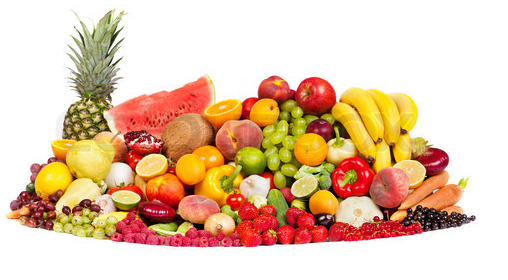
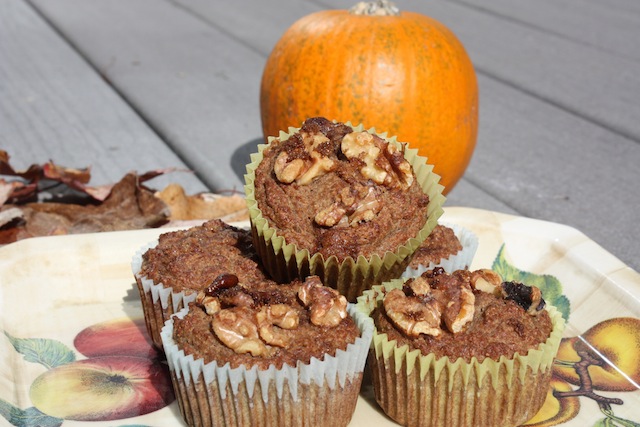
Follow Us